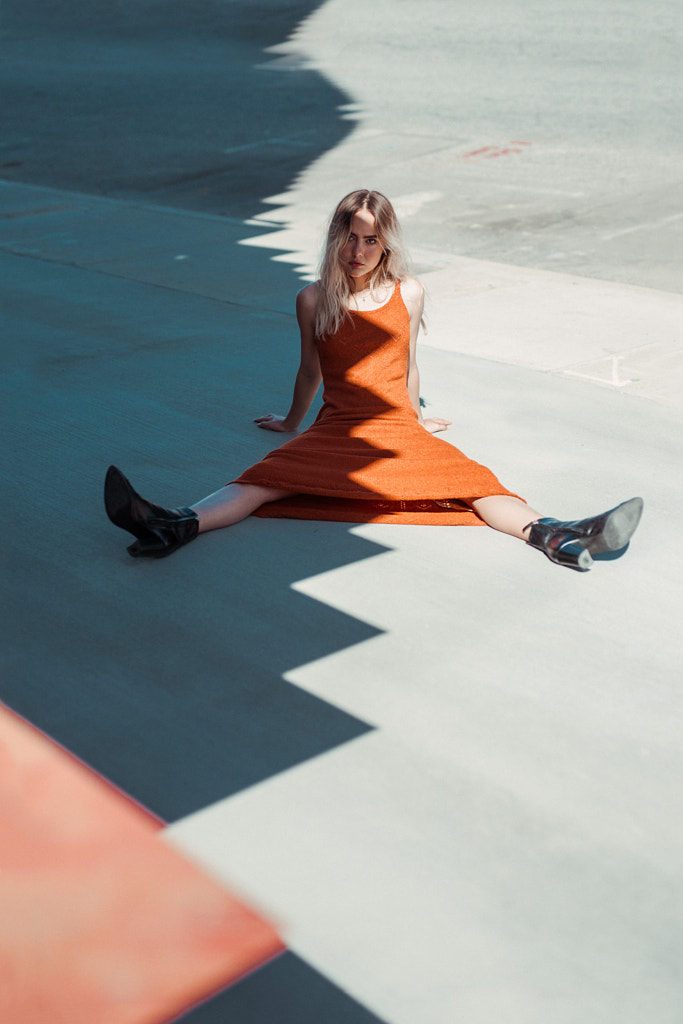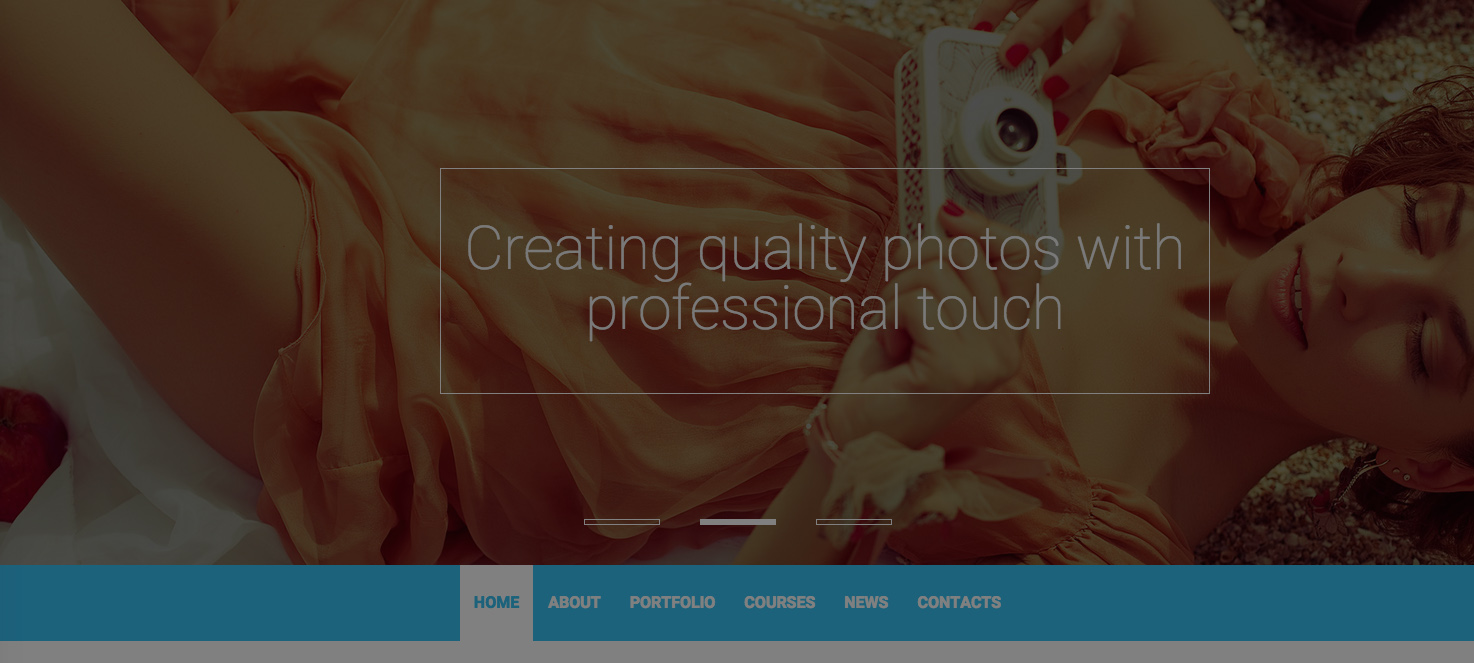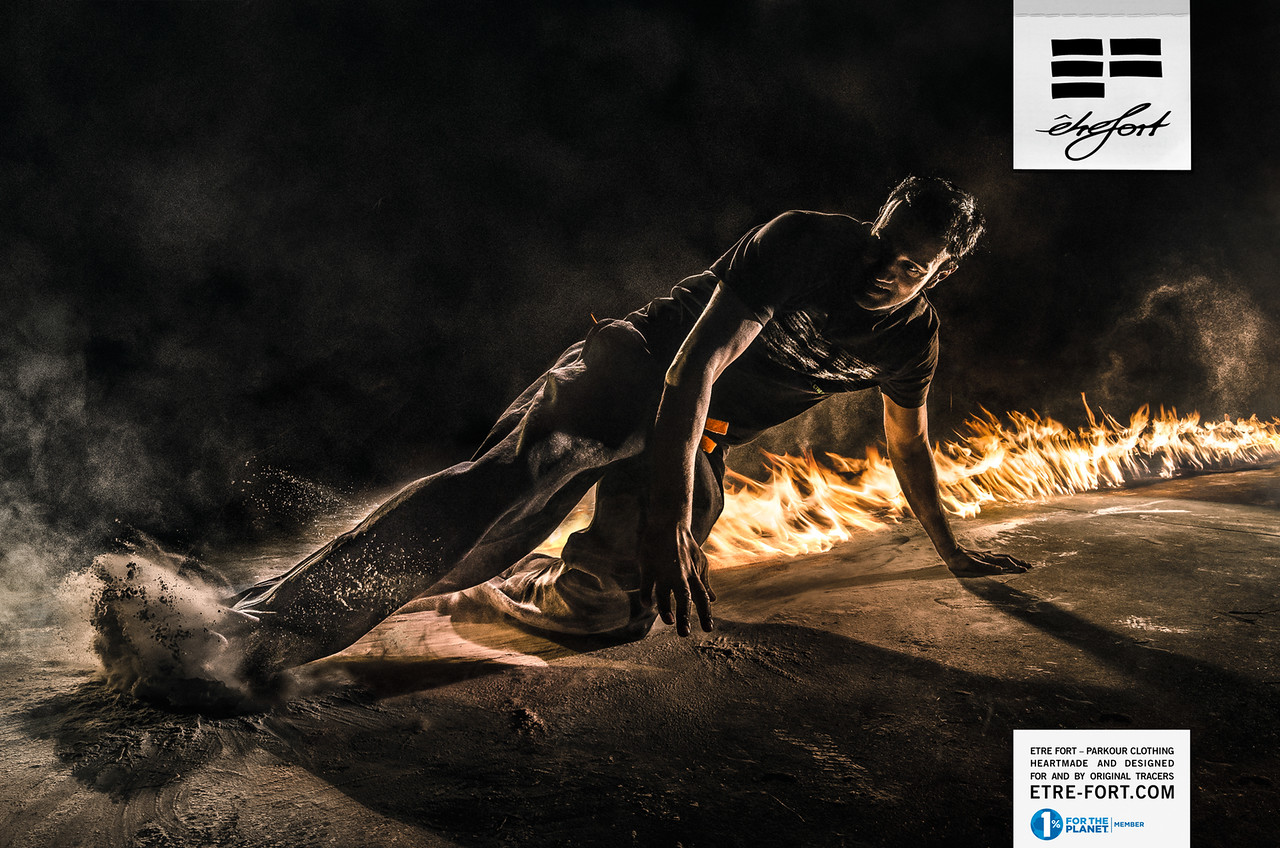A 2018 survey of more than 1,000 artists, conducted by The Abundant Artist, revealed that 70% of artists with websites used a website builder to create their sites, as opposed to custom building their sites themselves or hiring a web developer. We’re living in an age where artists can quickly and easily create their own websites to fit their specifications; the days of generic portfolios are long gone.
Today’s photographers are artists as well as entrepreneurs, and creating the perfect online photography portfolio is the first step towards building a successful brand, connecting with clients, and growing a business. Unlike a social media feed, a great website gives photographers full creative control over how and where their photos appear, from the image sizes to the layout to the captions and typography. Your website is your look book and business card in one; here are our tips for making the most of it.
Set your goals
Photography websites are diverse; some are purely portfolios, meant to show potential clients your work, whereas others offer online stores, client viewing areas, and more. The website builder and plan you ultimately choose will depend on the goals you set for yourself. If you want to sell prints, choose one with eCommerce features or print-on-demand services; if you want to start a blog for your clients or colleagues, that’s something else to consider.
Research, research, research
Do some digging into other photographers’ websites, and take note of what you like or don’t like. For most websites, it’s easy to tell what builder someone used, and you can always ask if you’re not sure. Your fellow photographers will be a great resource here; reach out and see if they have any tips for building your portfolio.
Over time, you might notice that some web builders have a certain “look” or aesthetic you prefer; some are known for customization, and others are known for beautifully designed templates. Some builders are tailored specifically to photographers, and others are more generic. By researching other photographers’ websites, you’ll also get a better feel for current trends and what looks modern versus what feels outdated.
Curate and cull
Not every photo will make it onto your website, and that’s okay. Spend some time narrowing down your selects for every series or gallery you plan to showcase in your portfolio, and ask colleagues and peers for feedback on your strongest images. You can also use social media and the 500px community to determine which images are your best.
Every gallery or series should have a range and tell a story in no more than 10-20 images, so cut out any shots that are too similar or repetitive. Play around with the sequence to see what works. It can help to use physical prints and move them around on a flat surface.
Pay special attention to your first and last frame, as these will leave a lasting impression. Attending portfolio reviews can be particularly valuable during this part of the process. You can also take several passes here; after your initial edit, get some distance and reevaluate.
Finally, only share the kind of work you hope to get in the future. Clients will judge you based on what you’ve already shot, so promote projects that align with your goals for the future.
Know your brand
Variety is important, but so is cohesion. It can be tempting to try to fit it all into your website: your portrait work, your landscapes, your product photography, etc. Sometimes that might work, but most times, it’s best to focus on just a few niches or subjects where you truly shine. Your portfolio should be consistent and let potential clients know who you are, what your style is, and where your interests lie, even if you’re flexible and open to shooting different types of assignments.
Your template or web design will also be part of your branding and should support your work; while a slideshow with captions might work best for a documentary photo essay, full-screen images might help show off single images. A portfolio belonging to a wedding photographer will look different than one for a fine art landscape photographer or an advertising photographer. The content of your website should dictate its form, so put some thought into choosing a template that suits your vision and your niche.
Prioritize ease of use
A portfolio website should be clean, easy to navigate, and image-centric. Make sure your contact information is front-and-center and that your images load quickly; there’s nothing worse than a slow website. A simple website that puts your photos first is always better than a chaotic, cluttered website.
Optimize your site
SEO (search engine optimization) is key for your website’s discoverability, and there are a few things you can do to boost your rankings. The first is applying relevant keywords (i.e., New York portrait photographer, Toronto food photographer, etc.) that potential clients are likely to search; another is choosing a clean, simple, easy-to-remember domain name (no hyphens).
Blog posts are also great for SEO; by sharing regular behind-the-scenes articles for your followers, you can naturally integrate relevant keywords that drive more traffic to your site. Finally, update your site regularly—search engines prioritize fresh content.
It can also help to get started with Google Analytics; from there, you can track data from your site and determine who your clients are and how they use your site, helping you to further finesse your portfolio to suit their needs.
Cover your bases
For the most part, we’ve discussed website portfolios, but depending on your genre, potential clients might want to see a printed portfolio as well.
Make sure your site is optimized for mobile platforms, including tablets and phones, so you can share your portfolio anywhere and at any time, and keep a printed portfolio on hand for meetings with potential clients. It never hurts to be prepared.
Keep shooting
Your portfolio will grow with you, and it might evolve over time. That’s okay; embrace change. As you create new work, continue to update your site; replace old series with fresh projects that excite you. Most importantly, don’t forget to keep shooting and creating; the more work you have to choose from, the stronger your portfolio will be.
Not on 500px yet? Sign up here to explore more impactful photography.
















Leave a reply